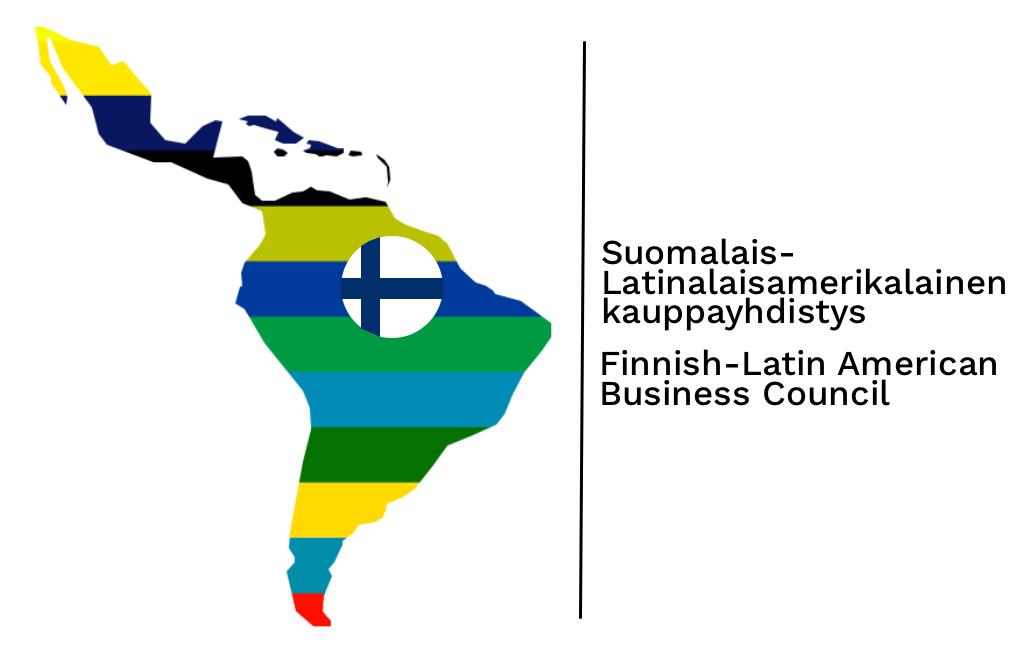Interview with H.E. Ernesto Céspedes, Ambassador of Mexico in Helsinki
Mexico has gone through many reforms during the last years – how would you describe these reforms and their impact on economy?
The reforms in Mexico have been of historical proportions. The long overdue structural reforms aim for the deep transformation of my country and in making Mexico more competitive worldwide. Most of the reforms are in key sectors like energy, telecom, education, but there have also been economic, competence and regulatory reforms which we hope will attract business and investments.
Mexico’s new energy landscape features the prominent presence of renewable energies and the Mexican government is swift to confirm its commitment to a 35% of clean energy power generation by 2024. Additionally, the government’s National Infrastructure Program 2014-2018 aims for an efficient interconnection of clean technologies to the national energy grid. The modernization and development of the grid’s transmission lines is expected to further evolve the development of renewable energy generation projects.
According to Mexico’s Energy Reform: A Game Changer in the Nation’s History –a recent publication by law firm Goodrich Riquelme y Asociados– project investments from the private sector could reach 27% of overall investment in the Mexican energy sector, and private investments that originate from the structural reforms are expected to reach 20 billion usd annually between 2015 and 2018. The study also predicts that by 2018, these investments will represent 15% of the energy sector’s total investment capital.

Mexico has become a large manufacturing country – which kind of business opportunities Finnish companies would find in Mexico?
Finnish companies can find many diverse business opportunities in a large country such as Mexico. Finnish authorities have highlighted in particular new opportunities in the energy, telecom, and education sectors. Mexico is also highly integrated into international value chains that give foreign companies a chance to profit from these activities.

The share of EU investments in Mexico is 11 per cent. How would you encourage Finnish companies to invest in Mexico and in which sectors?
Mexico has a large domestic market, highly skilled labor with competitive costs, great geographic location, and a vast network of free trade agreements that guarantee access to the most important and dynamic markets. Likewise, Mexico has an institutional framework that can provide foreign companies many benefits like: incentives, guidance through local paperwork and formalities, and even help identifying local counterparts. There is a wide array of possibilities in different sectors and in many different states, which in many cases, the local governments can also offer other incentives and facilities. Mexico has a favorable business environment as ranked in the top two best places for doing business in Latin America and obtained the best ranking in the WEF Global competitiveness report 2012-2013.
EU and Mexico are modernizing the EU- Mexico Global Agreement – how do you see the role of free trade agreements in today’s trade relations – with the EU and worldwide?
In 2016 the EU was Mexico’s second-biggest export market after the US. The EU’s key imports from Mexico are fuels and mining products, office and telecommunication equipment, transport equipment, and other machinery.
The EU was Mexico’s third-largest source of imports in 2016, after the US and China. Key EU exports to Mexico include other machinery, transport equipment, chemical products, and fuels and mining products.
In terms of services EU imports from Mexico are dominated by travel services, and transport services. EU services exports to Mexico consist mainly of transport services, and telecommunications, computer and information services. The EU has published a series of textual proposals on issues such as trade in goods, services, investment, technical barriers to trade, competition rules, trade defense instruments, resolution of state-to-state disputes, transparency and sustainable development.
Mexico and the EU are both very committed to free trade and the modernization of the Global Agreement ratifies our strategic partnership. The current international trading system is coming under pressures due to protectionist tendencies, but both parts believe in free trade as part of the solution for a full recovery of the world economy.

Finnair flies to Mexico – please, tell us why to visit Mexico this time of the year?
“Vallarta-Nayarit” is the perfect entry point for Finnish as it is a nice, warm and inviting destination for you to let your imagination go. Almost anything you want to do on a holiday you can do in Puerto Vallarta-Riviera Nayarit. From a relaxing holiday by the beach or scuba diving around the Marietas Islands, swimming with the dolphins in the wild, humpback whale watching or a zip line in the jungle. It also opens the door to one of the most “Mexican” states, Jalisco, where the Mariachi, Tequila and Charros were born. A lot of tradition and culture take place in just one state. Mexico is so much more than Sun and Beach, and Vallarta-Nayarit is just the starting point.
This time of the year is the perfect timing for Europeans to visit Mexico as that region has the perfect weather for you to escape the cold, dark winter and enjoy some well-deserved sunshine!
Text: Embassy of Mexico, questions Finncham/Anne Hatanpää


